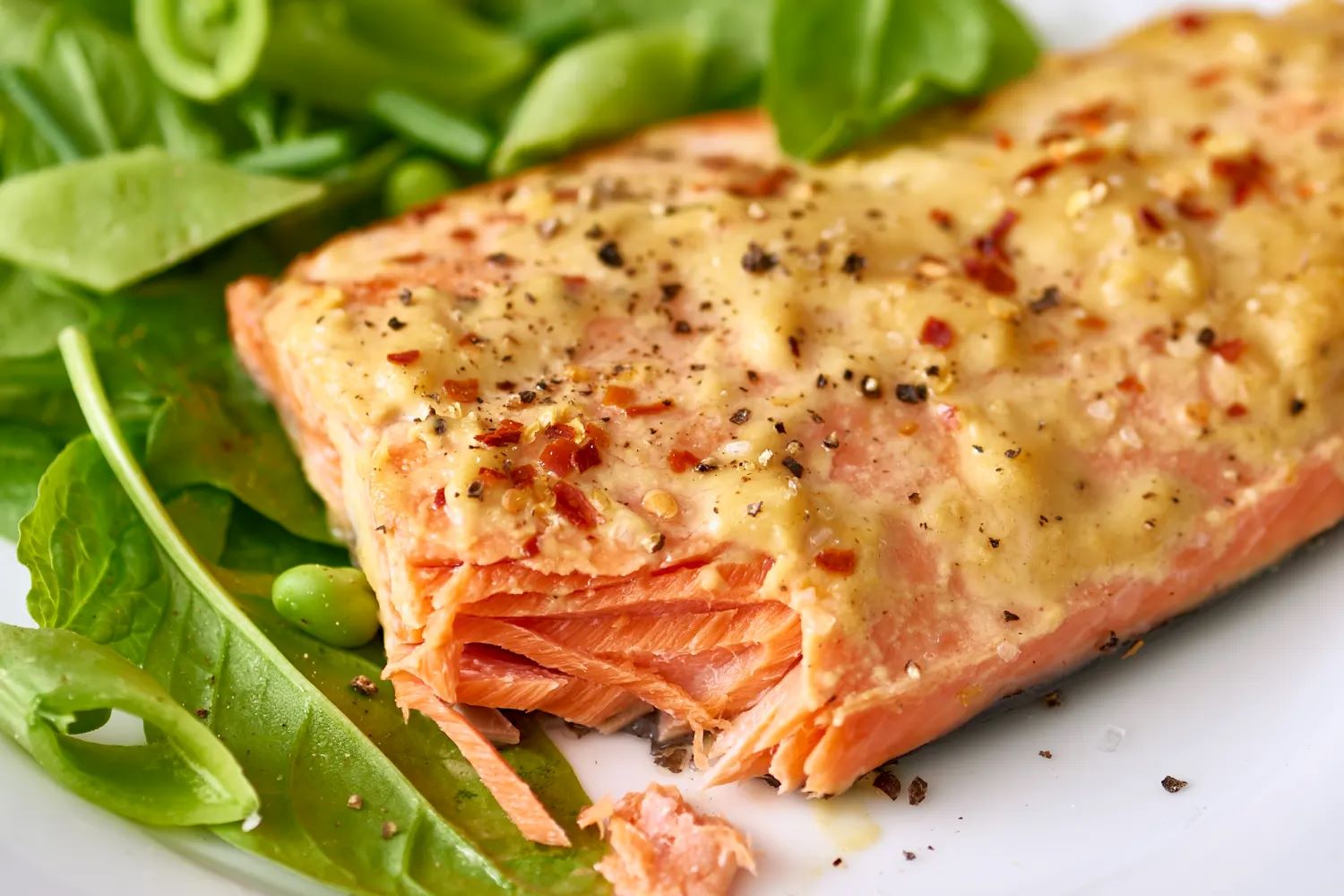

Articles
How To Store Leftover Salmon
Modified: February 26, 2024
Learn how to properly store leftover salmon and keep it fresh for longer with these helpful articles.
(Many of the links in this article redirect to a specific reviewed product. Your purchase of these products through affiliate links helps to generate commission for Storables.com, at no extra cost. Learn more)
Introduction
Salmon is a nutritious and delicious fish that is a favorite among seafood lovers. Whether you’ve prepared a salmon dish for a special occasion or simply have some leftovers from a meal, it’s important to know how to properly store leftover salmon. Storing leftover salmon correctly not only helps preserve its flavor and texture but also ensures that it remains safe for consumption.
In this article, we will explore the various methods for storing leftover salmon and offer you some tips for safely and effectively storing this prized fish. We will also discuss how to make the most of your leftover salmon by providing ideas for incorporating it into tasty recipes.
Let’s dive in and discover how to store leftover salmon to maintain its freshness and enjoy it in a variety of dishes!
Key Takeaways:
- Properly storing leftover salmon is crucial for maintaining its freshness, quality, and safety. Whether refrigerating, freezing, or canning, following recommended methods ensures enjoyable, flavorful fish for future meals while minimizing waste.
- Leftover salmon offers endless culinary possibilities, from salads to sushi rolls. By creatively incorporating it into various recipes, you can savor its rich flavor and nutritional benefits while minimizing waste and maximizing ingredients.
Read more: How To Store Salmon
Why is it important to store leftover salmon properly?
Properly storing leftover salmon is crucial for several reasons. Firstly, it helps to maintain the quality and taste of the fish. Salmon has a delicate flavor and texture that can easily degrade if not stored correctly. By following the recommended storage methods, you can ensure that the leftover salmon retains its freshness and remains enjoyable when you decide to use it.
Secondly, storing leftover salmon properly helps prevent the growth of bacteria and the risk of foodborne illnesses. Fish, including salmon, is susceptible to bacterial contamination, especially when exposed to improper storage conditions. Consuming spoiled or contaminated salmon can lead to digestive issues such as food poisoning.
Furthermore, storing leftover salmon properly allows you to extend its shelf life. Salmon is a perishable food that can spoil quickly if not handled and stored correctly. By following the recommended storage methods, you can safely keep leftover salmon for longer periods, reducing waste and making the most of your food resources.
Lastly, proper storage of leftover salmon enables you to plan ahead and enjoy the fish in various recipes. Salmon is versatile and can be used in a wide range of culinary creations, including salads, sandwiches, pasta dishes, and more. By having properly stored leftover salmon, you can easily incorporate it into your meals without compromising taste or safety.
Overall, storing leftover salmon properly is essential for preserving its quality, minimizing the risk of foodborne illnesses, extending its shelf life, and maximizing its culinary potential. Now, let’s explore the recommended methods for storing leftover salmon to ensure it remains fresh and safe.
Recommended methods for storing leftover salmon
When it comes to storing leftover salmon, there are a few recommended methods that can help maintain its freshness and quality. Let’s take a look at the three main methods: refrigeration, freezing, and canning.
Method 1: Refrigerating leftover salmon
One of the simplest and most commonly used methods for storing leftover salmon is refrigeration. To store leftover salmon in the refrigerator, follow these steps:
- Allow the cooked salmon to cool down to room temperature.
- Place the salmon in an airtight container or wrap it tightly with plastic wrap.
- Ensure there are no air pockets to prevent moisture loss and freezer burn.
- Label the container with the date to keep track of how long it has been stored.
- Store the container in the coldest part of the refrigerator, usually the back shelf.
Refrigerated leftover salmon can last for up to 2-3 days when stored properly. It is important to note that the sooner you consume the salmon, the better the quality and taste.
Method 2: Freezing leftover salmon
Freezing leftover salmon is a great option if you want to extend its shelf life for a longer period. Here’s how you can freeze leftover salmon:
- Cool the cooked salmon down to room temperature.
- Divide the salmon into individual serving portions, if desired.
- Wrap each portion tightly with plastic wrap or place it in an airtight freezer bag.
- Ensure all air is removed from the packaging to prevent freezer burn.
- Label the packaging with the date and contents.
- Place the wrapped portions in the freezer, ideally in a single layer to allow for faster freezing.
Frozen leftover salmon can be stored for up to 2-3 months without significant quality loss. However, for the best flavor and texture, it’s recommended to consume it within the first month.
Read more: How To Store Smoked Salmon
Method 3: Canning leftover salmon
If you’re looking for a method that provides long-term preservation, canning leftover salmon is the way to go. Canning requires some specialized equipment and knowledge, but it can be a rewarding way to store salmon for an extended period. Here’s a basic overview of the canning process:
- Cook the salmon thoroughly and allow it to cool down.
- Prepare glass jars and lids by sterilizing them.
- Fill the jars with the cooked salmon, leaving some headspace.
- Add a canning liquid, such as brine or oil, to the jars.
- Seal the jars tightly with the lids.
- Process the jars in a pressure canner according to the manufacturer’s instructions.
- Allow the jars to cool, check the seals, and store them in a cool, dark place.
Canned salmon can be stored for a year or longer if properly processed and stored. It provides a convenient and ready-to-use option for incorporating salmon in various recipes.
Now that you’re familiar with the recommended methods for storing leftover salmon, let’s explore some tips for safely storing it and utilizing it in delicious recipes.
Method 1: Refrigerating leftover salmon
Refrigerating leftover salmon is a convenient and straightforward method for storing it. When done correctly, refrigeration can help maintain the salmon’s flavor and texture for a short period. Follow these steps to refrigerate leftover salmon:
- Allow the cooked salmon to cool down to room temperature before refrigerating it. This helps prevent condensation and moisture buildup inside the container, which can lead to a loss of quality.
- Place the leftover salmon in an airtight container or wrap it tightly with plastic wrap. This helps prevent air exposure and keeps the fish fresh.
- Ensure there are no air pockets in the container or the plastic wrap. Air pockets can lead to moisture loss and freezer burn.
- Label the container with the date to easily keep track of how long the salmon has been stored.
- Store the container in the coldest part of the refrigerator, such as the back shelf or the bottom drawer.
It’s important to note that refrigerated leftover salmon should be consumed within a few days to maintain its quality and safety. Generally, refrigerated salmon can last for 2-3 days, but it’s always best to rely on your senses to determine if it is still fresh. If the salmon develops an off odor, sliminess, or a change in color, it’s a sign that it has gone bad and should be discarded.
When using refrigerated leftover salmon, there are various ways to enjoy it. You can incorporate it into salads, pasta dishes, or sandwiches for a quick and delicious meal. It also pairs well with fresh herbs, lemon juice, and a drizzle of olive oil for a light and refreshing flavor.
Remember to handle refrigerated leftover salmon safely. Use clean utensils and keep the fish separate from other ingredients to avoid cross-contamination. It’s also recommended to reheat the salmon thoroughly before consuming it, either by gently warming it on the stovetop or heating it in the oven until it reaches an internal temperature of 145°F (63°C).
Properly refrigerating leftover salmon allows you to enjoy its taste and texture for a short period while ensuring that it remains safe for consumption. Next, we will explore the second method for storing leftover salmon: freezing.
Method 2: Freezing leftover salmon
Freezing leftover salmon is an excellent method for extending its shelf life and preserving its quality for a longer period. By following the proper steps, you can freeze leftover salmon and have it readily available whenever you need it. Here’s how to freeze leftover salmon:
- Cool the cooked salmon to room temperature before freezing. This helps maintain its texture and prevents the formation of excess moisture.
- If desired, divide the leftover salmon into individual serving portions. This makes it easier to defrost and use only the amount you need without wasting any.
- Wrap each portion tightly with plastic wrap or place it in an airtight freezer bag. Make sure to remove any excess air from the packaging to prevent freezer burn.
- Label the packaging with the date and contents to keep track of the storage time.
- Place the wrapped portions in the freezer, ideally in a single layer. This allows for faster freezing and ensures that the salmon freezes evenly.
Frozen salmon can be stored for up to 2-3 months without significant loss in quality. However, for the best flavor and texture, it’s ideal to consume the salmon within the first month of freezing. Over time, frozen salmon may develop freezer burn, which can affect its taste and texture. Therefore, it’s important to use it within a reasonable timeframe.
When you’re ready to use frozen salmon, you have a few options. One method is to thaw it overnight in the refrigerator. Place the frozen salmon in a shallow dish or on a plate, cover it with plastic wrap, and allow it to thaw slowly in the refrigerator. This method preserves the texture and flavor of the salmon.
If you need to use the frozen salmon quickly, you can also defrost it using the defrost function on your microwave. Be cautious when using this method, as overcooking can result in a loss of moisture and tenderness. Alternatively, you can cook the frozen salmon directly, but note that it may take slightly longer to cook than fresh salmon.
Once thawed or cooked, frozen leftover salmon can be used in a variety of recipes. It works perfectly in salmon cakes, stir-fries, casseroles, or topped on a salad for a quick and nutritious meal.
By properly freezing leftover salmon, you can extend its shelf life and have a versatile ingredient at your fingertips. Next, we will explore the last method for storing leftover salmon: canning.
Method 3: Canning leftover salmon
If you’re looking for a method to store leftover salmon for an extended period while maintaining its flavor and texture, canning is the way to go. Canning allows you to preserve salmon in glass jars, providing you with a ready-to-use ingredient for future recipes. Here’s how to can leftover salmon:
- Cook the salmon thoroughly and allow it to cool down. It’s important to ensure that the salmon is cooked through to kill any potential bacteria.
- Prepare glass jars and lids by sterilizing them. You can do this by boiling them in water or using a dishwasher with a sterilize cycle.
- Fill the sterilized jars with the cooked salmon, leaving some headspace at the top. This headspace allows for expansion during the canning process.
- Add a canning liquid, such as brine or oil, to the jars. The liquid helps preserve the salmon and enhances its flavor.
- Seal the jars tightly with the lids. Ensure that the lids are properly sealed to prevent air or bacteria from entering the jars.
- Process the jars in a pressure canner according to the manufacturer’s instructions. The pressure canning process ensures the salmon is safely preserved by reaching the necessary temperature.
- After processing, allow the jars to cool and check the seals. The lids should be concave or indented, indicating a proper seal. If any jars did not seal correctly, store them in the refrigerator and consume within a few days.
- Store the sealed jars in a cool, dark place, such as a pantry or cellar. Proper storage conditions will help maximize the shelf life of the canned salmon.
Canned salmon can be stored for a year or longer if properly processed and stored. It provides a convenient and ready-to-use option when you need salmon for various recipes. It’s important to note that once opened, canned salmon should be refrigerated and consumed within a few days.
When using canned salmon, you have endless possibilities for incorporating it into your meals. You can mix it with mayo and seasonings for a delicious salmon salad sandwich or use it as a topping for pizza or pasta. Canned salmon also works well in casseroles, soups, and chowders.
Keep in mind that canning requires some specialized equipment and knowledge to ensure the safety and quality of the preserved salmon. It’s essential to follow proper canning procedures and consult reliable canning resources for specific instructions.
By canning leftover salmon, you can enjoy its deliciousness long after the initial meal, making it a valuable method for preserving this prized fish. Now that you’re familiar with the recommended methods for storing leftover salmon, let’s move on to some tips for safely storing it and using it in delectable recipes.
Read more: How To Store Raw Salmon
Tips for safely storing leftover salmon
To ensure the safety and freshness of leftover salmon, it’s important to follow some essential tips when storing it. These tips will help prevent spoilage and minimize the risk of foodborne illnesses. Here are some guidelines for safely storing leftover salmon:
1. Cool it down quickly:
After cooking or serving salmon, allow it to cool down quickly to room temperature before storing. This helps prevent bacterial growth and maintains the quality of the fish. Avoid leaving cooked salmon at room temperature for more than two hours to reduce the risk of contamination.
2. Use proper storage containers:
When storing leftover salmon, choose appropriate storage containers. Opt for airtight containers or wrap the salmon tightly with plastic wrap to prevent air exposure and moisture loss. Proper containers help maintain the salmon’s flavor, texture, and aroma.
3. Label and date the containers:
Always label the containers with the date when storing leftover salmon. This will help you keep track of how long it has been stored and ensure that you use it within a safe timeframe. It’s recommended to consume refrigerated leftover salmon within 2-3 days and frozen salmon within 2-3 months for optimal quality.
Read more: How To Store Cooked Salmon
4. Store at the proper temperature:
Refrigerate leftover salmon at a temperature below 40°F (4°C). The coldest part of the refrigerator, such as the back shelf, is ideal. Freezing leftover salmon should be done at 0°F (-18°C) or below. Proper storage temperatures help slow down bacterial growth and maintain the quality of the fish.
5. Minimize exposure to air:
Air exposure can lead to oxidation and loss of quality in leftover salmon. Always remove excess air from storage containers or freezer bags to prevent moisture loss and freezer burn. This will help preserve the flavor, texture, and appearance of the salmon.
6. Keep it separate:
When storing leftover salmon in the refrigerator, keep it separate from other foods to prevent cross-contamination. Raw fish or meat juices can harbor bacteria, which can then transfer to other foods. Store salmon in sealed containers or place it on a separate shelf to maintain food safety.
7. Thaw safely:
If you’re thawing frozen leftover salmon, do so safely by allowing it to thaw in the refrigerator overnight. This gradual thawing method helps maintain the quality of the fish. Avoid thawing salmon at room temperature, as it can promote bacterial growth.
Read more: How To Store Salmon In Freezer
8. Use safe cooking practices:
When reusing leftover salmon, ensure it is reheated thoroughly to an internal temperature of 145°F (63°C) to kill any bacteria. Use clean utensils and surfaces to avoid cross-contamination during preparation. Be cautious not to overcook salmon, as it can become dry.
By following these tips, you can safely store leftover salmon and reduce waste while ensuring its quality and taste. Now let’s explore some creative and delicious ways to make the most of your leftover salmon in various recipes.
How to use leftover salmon in delicious recipes
Leftover salmon is a versatile ingredient that can be used in a variety of delicious recipes. It adds a burst of flavor, protein, and healthy omega-3 fatty acids to your meals. Here are some creative and tasty ways to make the most of your leftover salmon:
1. Salmon Salad:
Flake the leftover salmon and mix it with mayonnaise, chopped celery, red onions, and a squeeze of lemon juice. Season with salt, pepper, and herbs like dill or parsley. Serve the salmon salad on a bed of mixed greens or as a filling for sandwiches or wraps.
2. Salmon Pasta:
Add flaked leftover salmon to your favorite pasta dish for a protein-rich meal. Toss the salmon with cooked pasta, sautéed garlic, cherry tomatoes, and fresh herbs like basil or thyme. Drizzle with olive oil and sprinkle with grated Parmesan cheese.
Read more: How To Store Fresh Salmon
3. Salmon Chowder:
Make a creamy and comforting salmon chowder by combining the leftover salmon with potatoes, diced carrots, onions, and chicken or vegetable broth. Simmer until the veggies are tender and the flavors are well blended. Stir in some cream or coconut milk for added richness.
4. Salmon Croquettes:
Mix flaked leftover salmon with breadcrumbs, beaten eggs, minced garlic, diced onions, and fresh herbs. Shape the mixture into patties and pan-fry them until golden and crispy. Serve with a dollop of tartar sauce or a squeeze of lemon for a satisfying meal.
5. Salmon Niçoise Salad:
Layer leftover salmon on a bed of mixed greens with boiled potatoes, blanched green beans, cherry tomatoes, boiled eggs, and olives. Drizzle with a lemon-dijon vinaigrette and sprinkle with capers for a refreshing and nutritious salad.
6. Salmon Sushi Roll:
Roll leftover salmon with sushi rice, avocado, cucumber, and your favorite fillings to make homemade sushi rolls. Slice into bite-sized pieces and serve with soy sauce, wasabi, and pickled ginger for a delightful sushi experience.
Read more: How To Store Uncooked Salmon
7. Salmon Quiche:
Combine flaked leftover salmon with beaten eggs, milk or cream, sautéed onions, and shredded cheese to make a savory salmon quiche. Pour the mixture into a pre-baked pie crust and bake until set. Serve warm or at room temperature as a brunch or lunch option.
These are just a few ideas to inspire you in using leftover salmon creatively. Don’t hesitate to get creative and experiment with your favorite ingredients and flavors. With leftover salmon, the possibilities are endless!
Now that you have some delicious recipes to try, let’s conclude our article and recap what we’ve covered so far.
Conclusion
Properly storing leftover salmon is essential for maintaining its freshness, quality, and safety. Whether you choose to refrigerate, freeze, or can your leftover salmon, following the recommended methods ensures that you can enjoy this flavorful fish for future meals. Additionally, by using proper storage techniques, you can minimize food waste and make the most of your resources.
Refrigerating leftover salmon allows you to keep it for a short period, typically 2-3 days, while maintaining its quality. Freezing leftover salmon extends its shelf life to 2-3 months, making it convenient for future use. Canning leftover salmon gives you a long-term preservation option, allowing you to store salmon for a year or longer.
Following safe storage practices is crucial to avoid potential foodborne illnesses. Cooling the cooked salmon quickly, using proper storage containers, labeling and dating the leftovers, storing at the appropriate temperature, minimizing exposure to air, keeping it separate from other foods, and safely thawing and reheating are essential guidelines to follow.
Leftover salmon presents a wonderful opportunity to get creative in the kitchen. Incorporate it into salmon salads, pasta dishes, chowders, croquettes, sushi rolls, quiches, and more. The versatility of leftover salmon allows you to enjoy its rich flavor and nutritional benefits in a variety of ways.
In conclusion, by properly storing leftover salmon and utilizing it in delicious recipes, you can minimize waste, maximize your ingredients, and enjoy the exceptional taste and versatility of this prized fish. So, the next time you have leftover salmon, don’t hesitate to explore new culinary possibilities and savor every bite!
Frequently Asked Questions about How To Store Leftover Salmon
Was this page helpful?
At Storables.com, we guarantee accurate and reliable information. Our content, validated by Expert Board Contributors, is crafted following stringent Editorial Policies. We're committed to providing you with well-researched, expert-backed insights for all your informational needs.
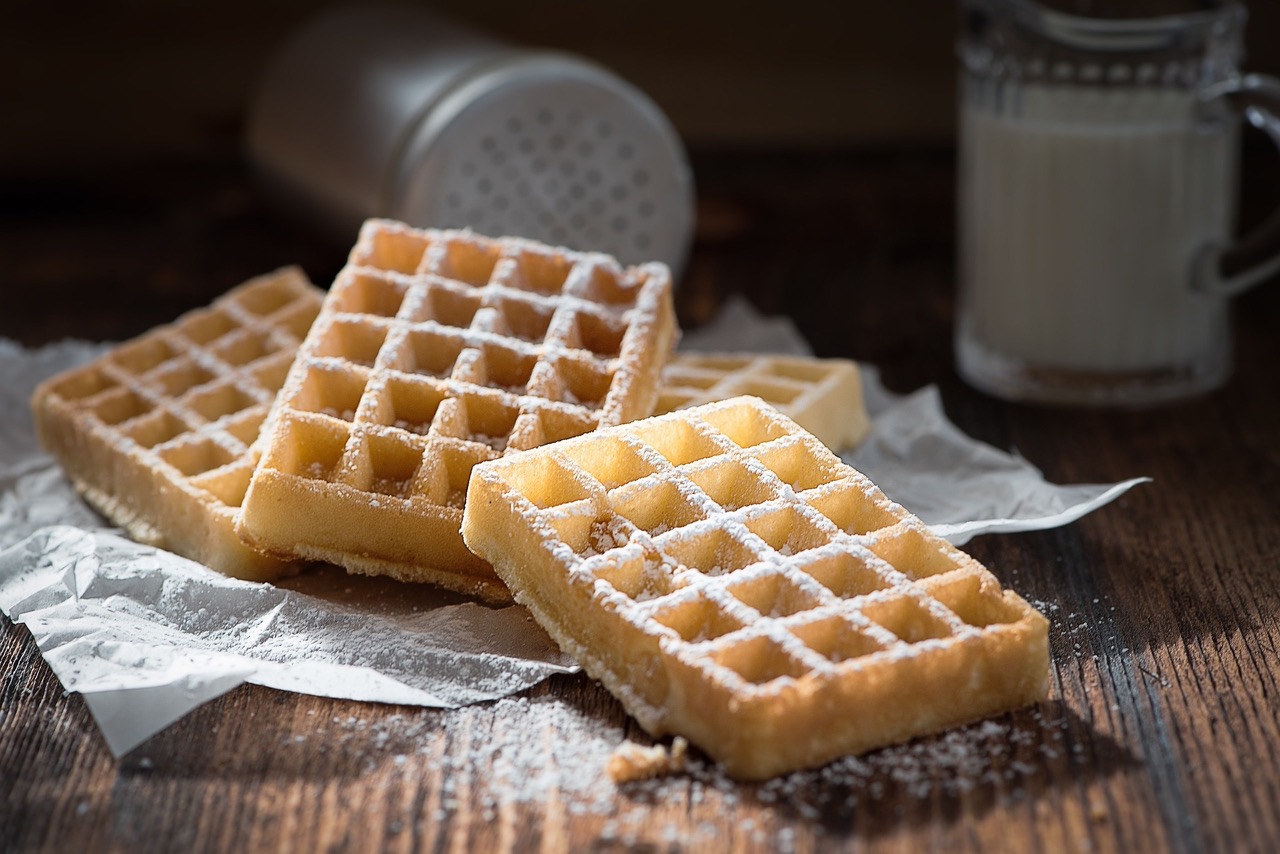
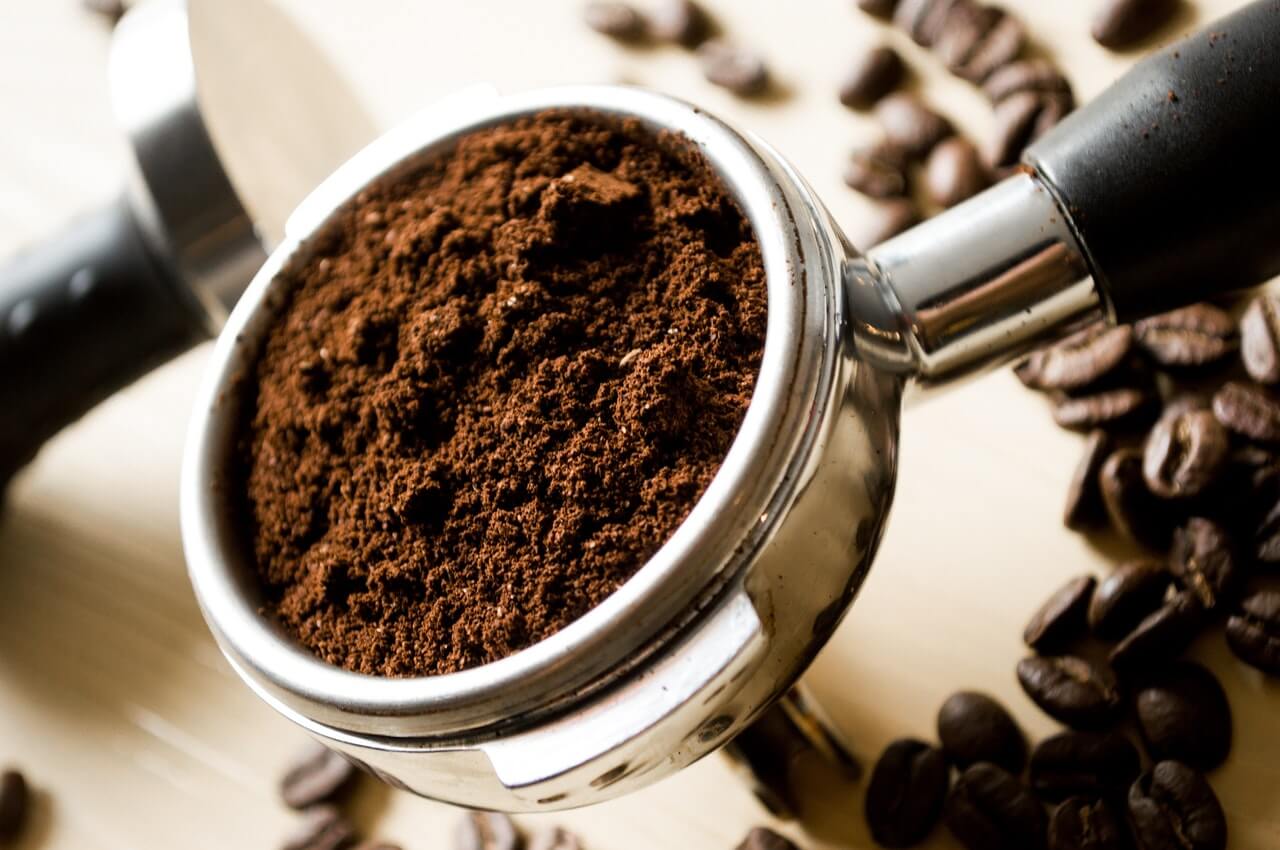
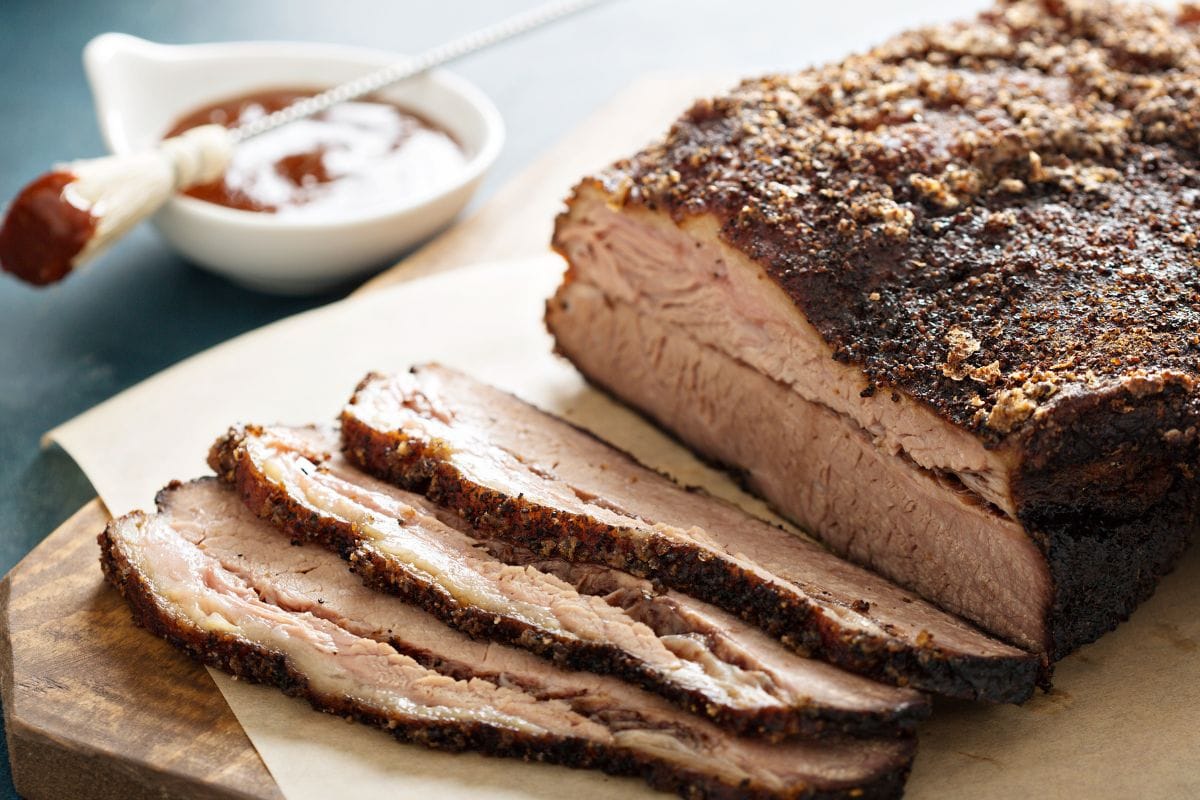
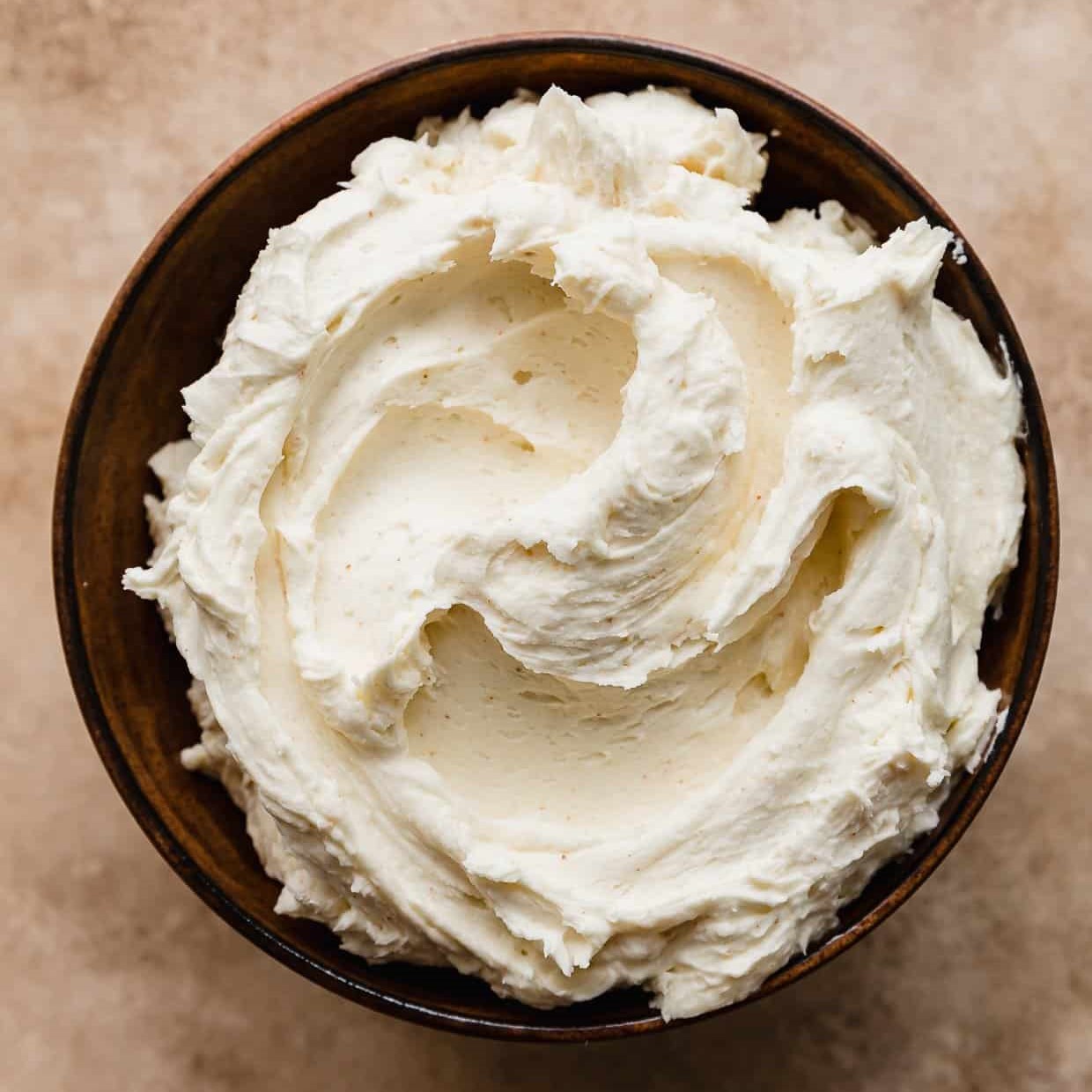
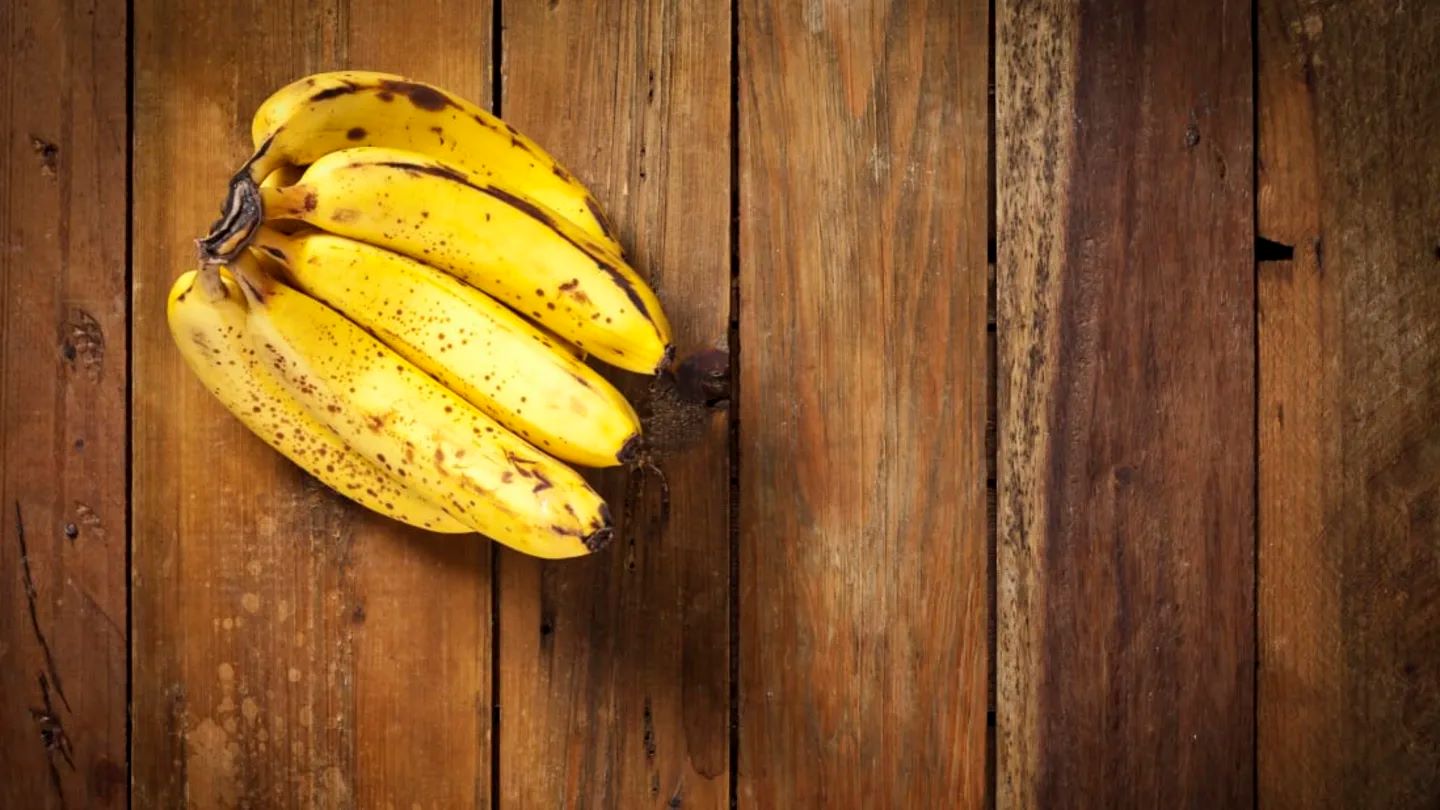

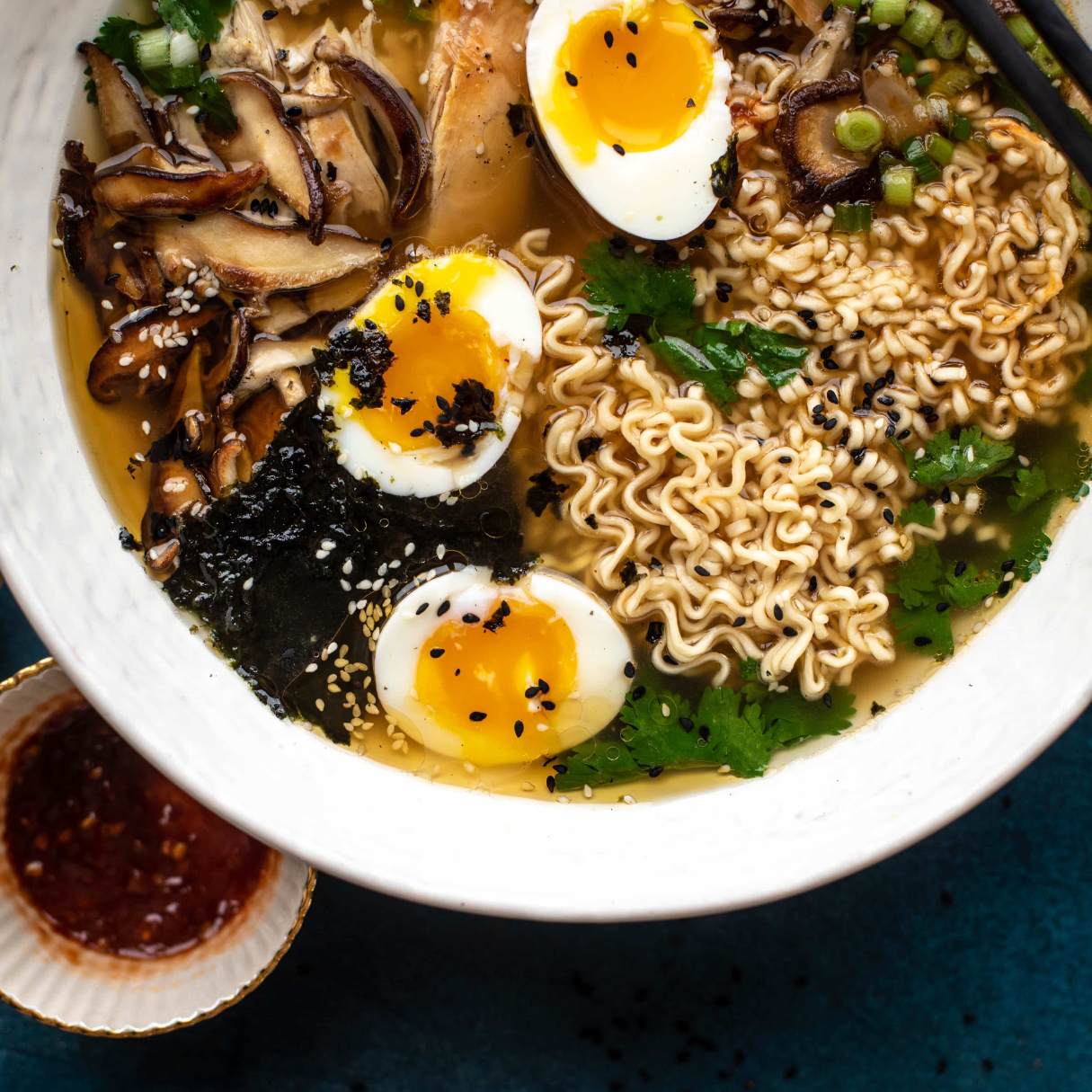
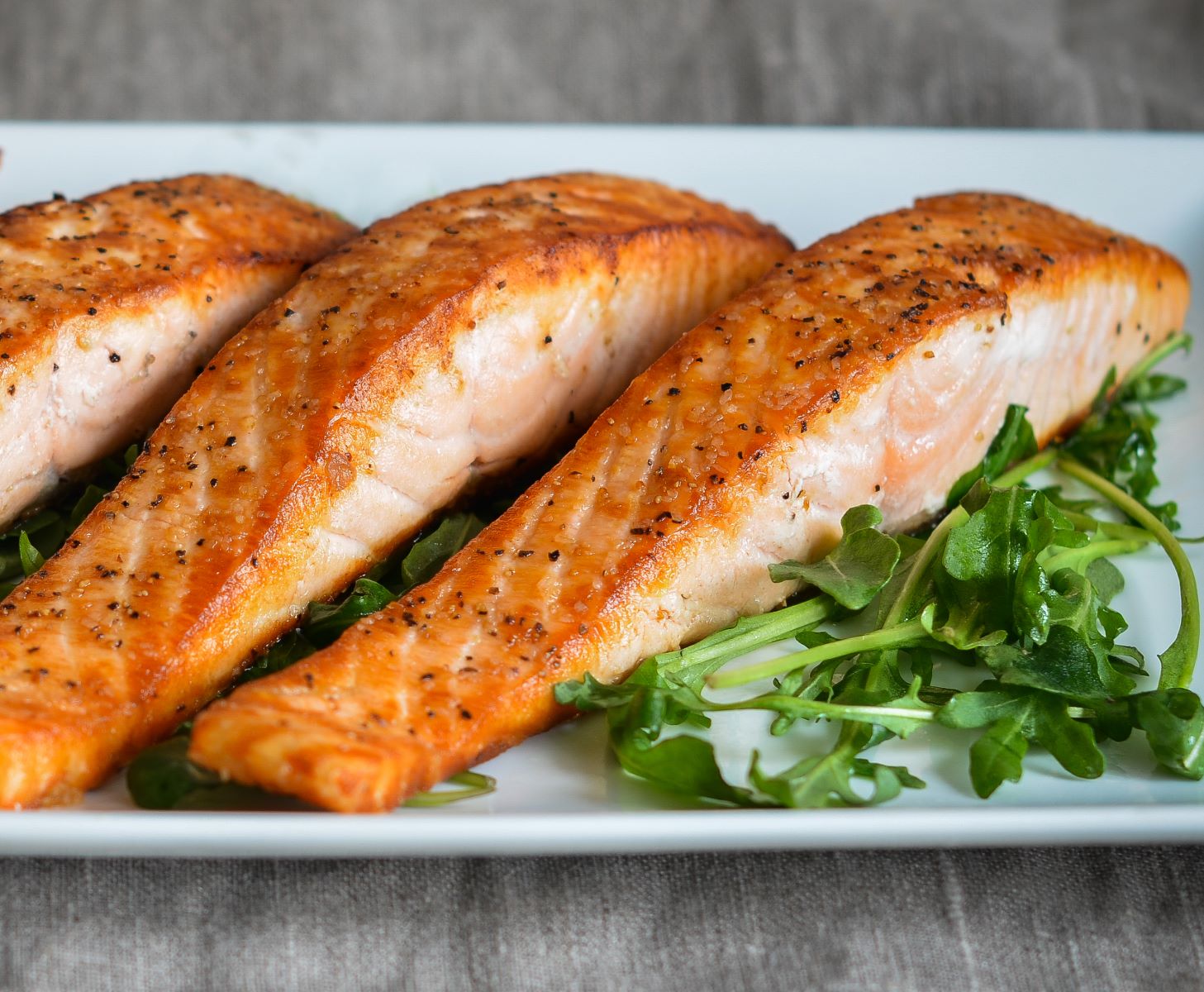
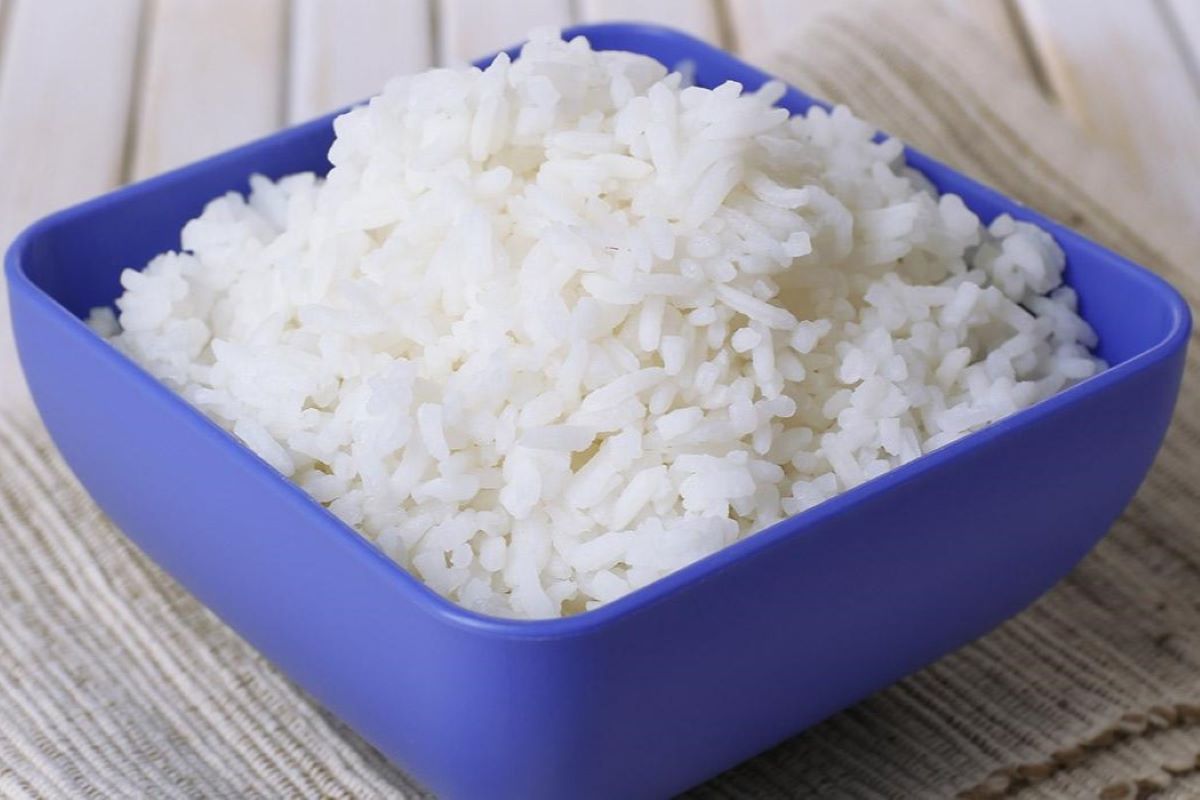

0 thoughts on “How To Store Leftover Salmon”